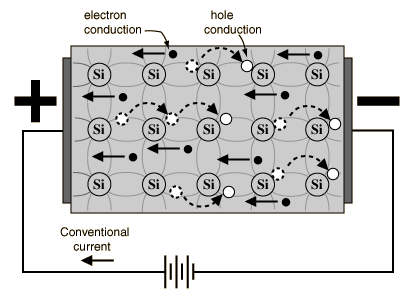nandinichakrab
Newbie level 5
hole is a theoritical concept given by the scientists which has no actual existance. so how do we account for the hole current? can something which has no actual existance produce current?
Follow along with the video below to see how to install our site as a web app on your home screen.
Note: This feature may not be available in some browsers.
